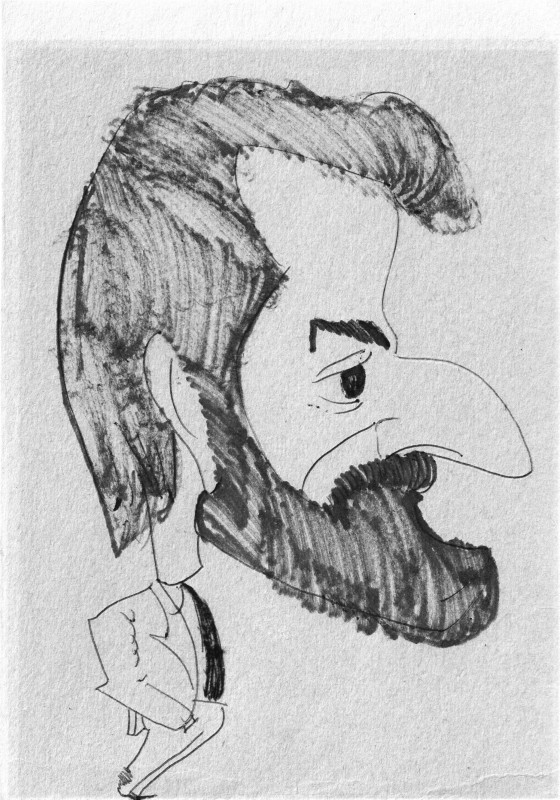Kenneth Michael Kirkby was born September 1, 1940, during WW II, in the middle of an air raid on London, England. The circumstances of his arrival was a foreshadowing of the warrior-painter he was to become.
Shortly after the war ended the Kirkby family moved to Portugal and took up residence in a beautiful seaside village called Parede, north of Lisbon. On the craggy shores of the wild Atlantic young Kirkby received a most unusual and thorough education.
Kirkby first exhibited his work at the age of sixteen in Lisbon, Portugal. The exhibit sold out at the opening and received critical acclaim.
In 1958, Portugal was governed by a dictatorship and was on the brink of revolution. The family's safety became threatened by those in government and leaving the country was imperative. When Kirkby was asked by his family’s friend, the Canadian Ambassador to Portugal, where in the world he would like to live, Kirkby replied without hesitation⎯Canada. One of his tutors, a dear friend and mentor, a whaler named Francisco Gonsalves, had regaled Kirkby with over a decade of marvelous stories from his whaling days; about 'Eskimos' and icebergs in the Canadian North and Kirkby longed to see them for himself.
Kirkby arrived in Vancouver September 2, 1958, and after working through a winter in northern British Columbia he continued north. For the next five years he walked, paddled and sledded across the Canadian Arctic, from Coppermine to Baffin Island. While traveling on the tundra Kirkby came across a number of stone cairns built in the likeness of humans. His companions, the Inuit, were much amused by his excitement at his discovery because for them these cairns, called inuksuit, were simply a way of life. For as long as ten thousand years inuksuit were erected on the land as travel beacons, landmarks, aids to hunting and fishing, or to say we were here. The inuksuit were truly the language of the Inuit, written in stone on the land.
After seeing first hand the struggles the Inuit and many other Indigenous People were encountering Kirkby promised himself and an Inuk grandma that after he returned south he would try his best to find a way to raise awareness of the difficulties the People faced to the rest of Canada.
Kirkby’s first Canadian painting success came in the late 1960’s, when The Alex Fraser Gallery showed his paintings of Western Canadian landscapes. Despite his success, Kirkby could not interest people in his Inukshuk paintings—the symbol he chose to garner attention for the people of the North.
Eventually Kirkby devised a thirty-one year project, part of which was the creation of a painting which he called Isumataq—a word in Inuktitut meaning "an object in the presence of which wisdom might show itself". The oil on canvas portrait of the Arctic is twelve feet high and 152 feet long. The giant portrait of the Arctic landscape and its inukshuit took twelve years to paint and was unveiled during Kirkby’s speech in the Canadian Parliament in March 1992, and exhibited at Art Expo in New York, followed by the Museum of Nature in Ottawa, and for a year at Ontario Place along with his multi-media exhibit attended by more than one million visitors.
In 1993, Ken Kirkby was awarded the Commemorative Medal for the 125th Anniversary of Canadian Confederation. In his seventieth year as a painter Kirkby married Nana Cook, the love of his life. He now lives in a little sea side cottage on the beautiful east coast of Vancouver Island, where he paints full time the wild and windy West Coast.
Kirkby’s work is in many important public, private and corporate collections, including members of the Royal Family, the Canadian House of Parliament, The Right Honorable Pierre Elliot Trudeau, The Right Honorable Jean Chretien, The Honorable John Fraser, Speaker of the House of Commons, and a great many others worldwide.
